
views
Watching for Behavioral Changes
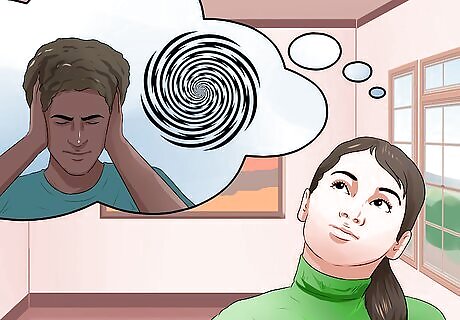
Determine if someone may be experiencing hallucinations. Hallucinations are common for someone on acid. Someone who is using LSD may report seeing things that are not there, hearing things that are not producing sound, or smelling things that are not producing any odor. The person may also see things with their eyes closed. If the user has grandiose thoughts, such as thinking they can fly, or if they have suicidal or homicidal delusions or hallucinations, seek emergency help immediately. Watch the person to see if he or she seems to be interacting with things that are not there, such as staring at a wall, talking to him or herself, or grasping at the air. These hallucinations can be frightening for the user and can become dangerous or deadly if the user is unaware of reality for too long.

Listen for signs that the person is having blended sensory experiences. Blended sensory experiences are common for users of hallucinogens such as LSD. This is when a person’s senses are swapped and the result can be quite scary. This shift in perception is also known as synesthesia, and it can cause a person to “hear” colors or “see” sounds. Pay attention to what the person says to determine if they might be having blended sensory experiences. For example, if the person says something like, "That tree sounds beautiful," or "I can see the music," then these are good indications that they may be on LSD. Synesthesia alone is not a sign that someone is using LSD. A small percent of the population experiences synesthesia naturally, so don't get confused and think they are using LSD.
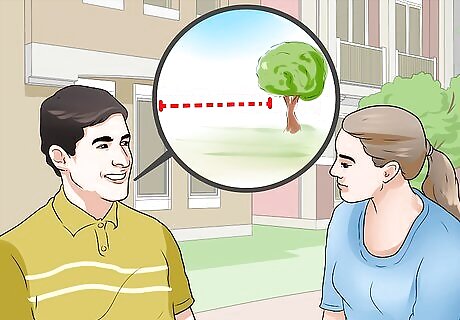
Notice if someone is experiencing distortions. Sometimes LSD users experience distortions of size, time, depth and speed, believing that an object is much larger than it actually is or that an object is moving much more quickly than it actually is. Someone who is using LSD can also experience an altered sense of time. Try asking the person questions, such as: How far away is that tree? How big is that house? How long have we been sitting here? What time is it?
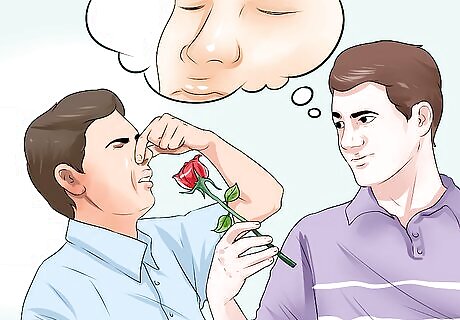
Watch for intensified senses. A person going through an LSD trip may experience heightened senses, causing them to see, smell, touch, hear, and taste things more powerfully. This is part of what is considered the psychedelic experience: the ability to see colors more vividly and feel things more deeply. A user will be unable to conceal their intense sensations and these signs should be easy to spot. Try offering the person something to drink, or play some music, or put on a movie and see if they respond in a way that seems normal. If the person seems more impressed than usual or overwhelmed by the sensory experience, then it is possible that the person is using LSD.
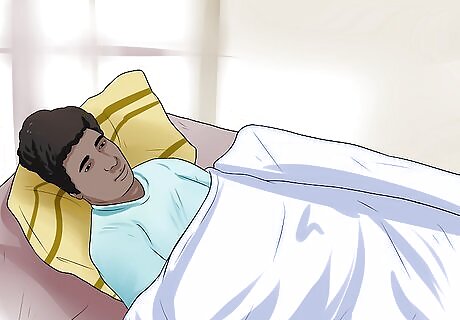
Notice if someone is having trouble sleeping. LSD can cause a person to develop insomnia, making it almost impossible for them to fall asleep or sleep for long periods of time. If you notice someone barely getting any sleep at all, this may be a sign that the person is a frequent LSD user.
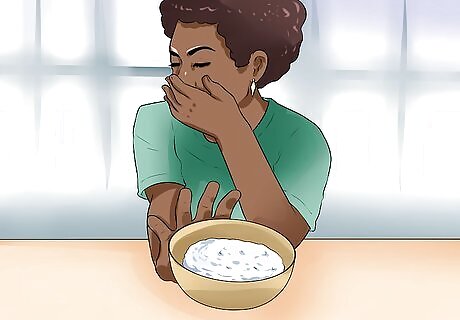
Look out for a loss of appetite. LSD can cause a reduction in appetite, making the person’s desire for food nonexistent. Watch out for a complete change in someone’s eating habits to spot this sign of LSD use. For example, if the person goes from eating regular meals to not eating at all, then this is a strong sign that he or she may be using LSD.
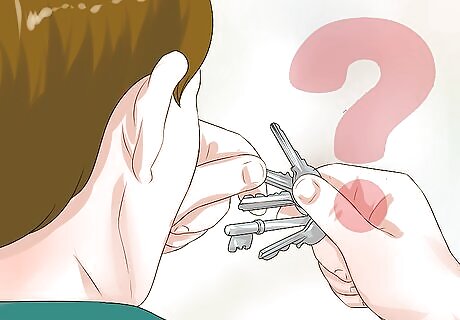
Notice if someone has an inability to complete tasks. Many times users of LSD are unable to complete simple tasks such as driving or operating machinery. Be aware of these signs as they may indicate that the person has taken acid. Other signs might include having trouble operating the remote control for the television, being confused by simple instructions, or struggling to find the right key to open their door.
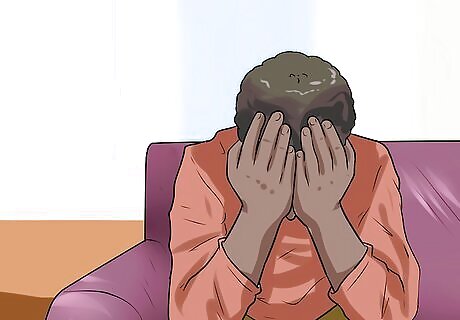
Watch for paranoia, distress, anxiety or disorientation. When on acid, some people may enter a totally dissociated state, often causing severe panic and fear. Some people experience delusions and can have terrifying thoughts and feelings. Pay attention to the person’s behavior. Some possible indicators that the person might be using LSD may include seeming agitated for no reason, sharing concerns that someone is after them, or seeming confused about their surroundings. Someone who is on LSD may also ramble or make bizarre and unusual comments. This incoherent speech is often a sign that the person has used LSD.
Checking for Physical Symptoms
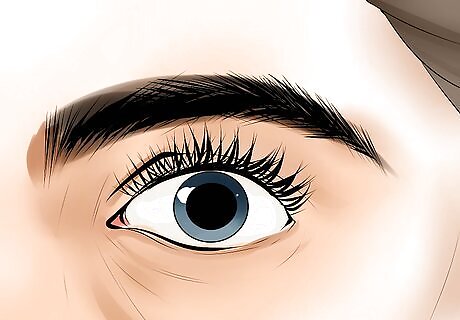
Check to see if the person’s pupils are dilated. Like many drugs, LSD causes a person’s pupils to dilate or become enlarged. This effect is known as mydriasis and occurs when your sympathetic nervous system is affected and this is a direct result of LSD use. Look into the person’s eyes to see if their pupils appear larger than normal.
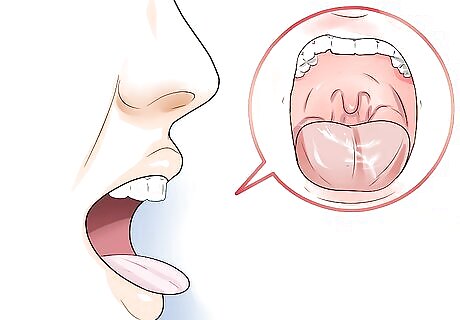
Watch for dry mouth or excess saliva. After taking LSD, some people experience dry mouth or excessive saliva production. Pay attention to the sound and appearance of the person’s mouth to check for dry mouth or excess saliva. For example, you may hear dry smacking sounds when the person speaks, or notice a little drool running down the corner of their mouth.
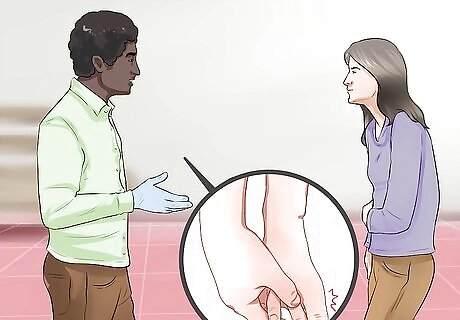
Ask if someone’s toes or fingers feel tingly. Tingling fingers and toes are also common in people who use LSD. Ask the person who you believe is a user if they are experiencing any unusual tingling sensations. You might also notice that the person is rubbing their toes or fingers. This might be due to the discomfort of the tingling sensations.
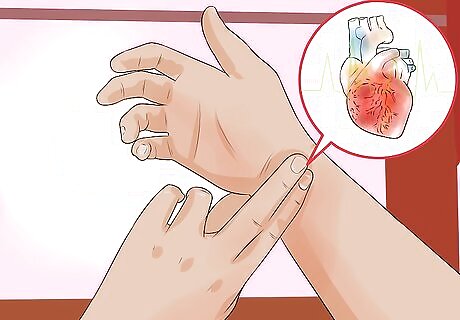
Test for a rapid heart rate. People on acid may also experience an increased heart rate. You can determine if the person’s heart rate is normal by taking their pulse. Try taking the person’s pulse if they will let you. To check the person’s pulse, place your index and middle finger on the inside of the person’s wrist just below their thumb. Hold your fingers there until you can feel the pulse and then set a timer for 60 seconds. Count the person’s heartbeats until the timer beeps. A normal pulse is between 60 to 100 beats per minute. If the person’s pulse is higher than this number, then they have a rapid heart rate.
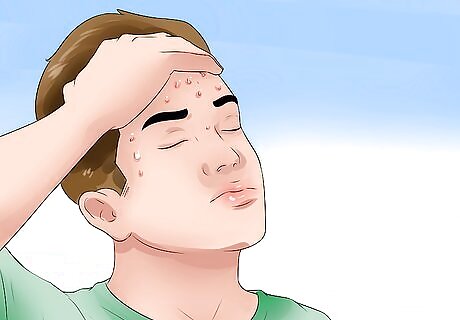
Look out for sweating or chills. Oftentimes people who use LSD become very cold or very hot due to LSD’s effect on the body’s normal temperature. LSD changes your body’s ability to regulate internal temperature properly and as a result you may become sweaty or chilled. Look for beads of sweat on the person’s forehead or see if the person is shivering.
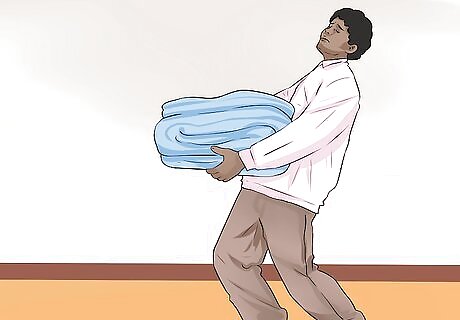
Watch for weakness. People on acid often have reduced strength and may report feeling weak. For example, the person might be unable to carry items that are not very heavy and have a difficult time standing for long periods of time because he or she suddenly feels tired and feeble. Watch for changes in the person’s strength and listen to what they say as well. For example, the person might say that they are too tired to walk a short distance or that something they can usually lift with ease feels way too heavy to lift.
Identifying Physical Evidence of LSD Use
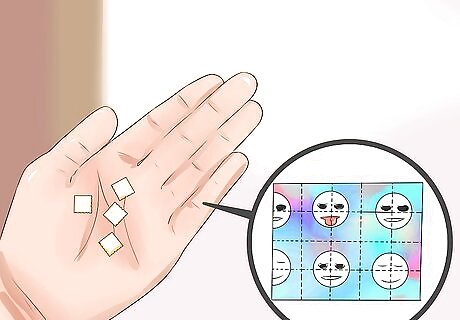
Watch for small colorful pieces of paper. One of the most common ways that LSD is distributed is through small square pieces of paper. The sheets of paper often have colorful markings or cartoon characters on them. These papers are also known as blotters. If you notice some small squares of colorful paper in the person’s room, then they may be using LSD.
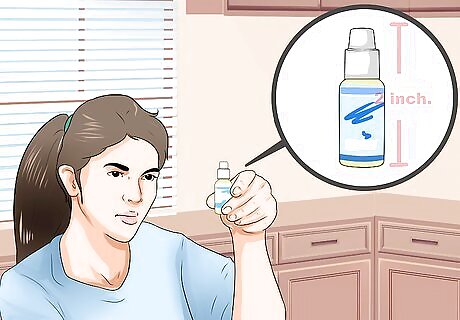
Look for small dropper bottles. LSD drops are often stored in small dropper bottles, such as empty fresh breath drop bottles. The bottles are only about two inches tall. The liquid LSD may also be dyed to make it less obvious that the liquid inside is LSD.
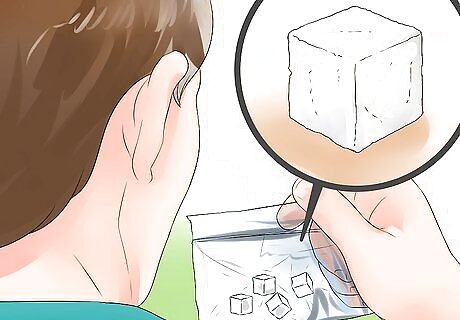
Check for sugar cubes. People who use LSD often apply drops of the drug to sugar cubes for consumption. If you notice any plastic bags containing sugar cubes in the person’s room, then this could be a sign that they are using LSD.

Monitor the person’s spending habits. Having a drug habit is expensive, so someone who uses LSD regularly may often be low on cash. Consider how often the person asks for money and how quickly they spend it. For example, if the person asks to borrow money a few days after they have been paid, then this may indicate that they are spending money on drugs.



















Comments
0 comment